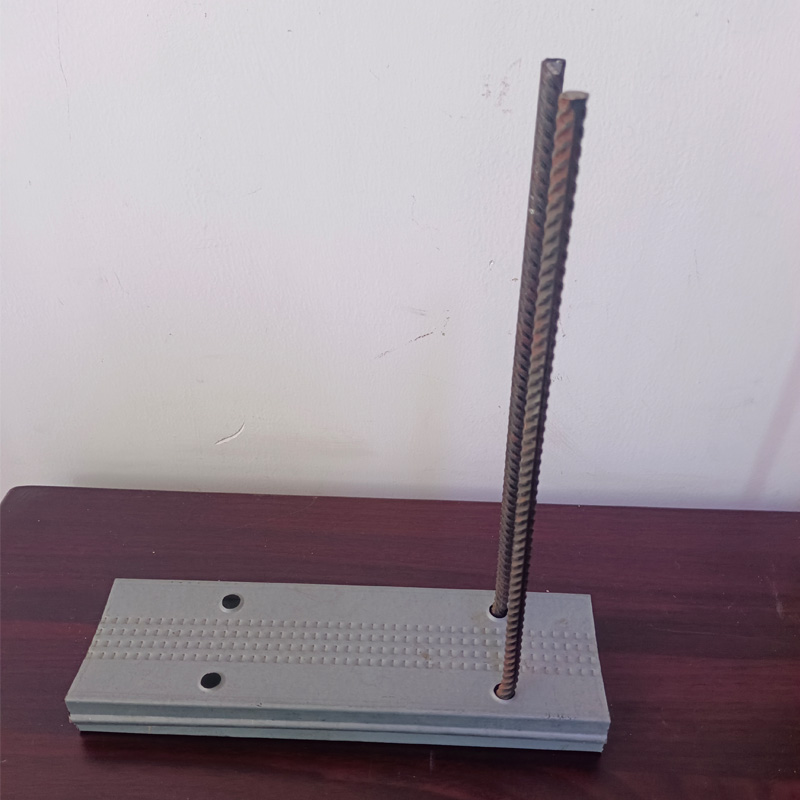
- Mobile Phone
- +8613931874955
- sales@cntcmetal.com
Galvanized Wire Fencing Solutions for Secure and Durable Agricultural and Garden Protection
Understanding Galvanized Field Fencing A Practical Solution for Agricultural and Outdoor Needs
In the realm of agriculture and outdoor spaces, maintaining the integrity of livestock enclosures and property boundaries is paramount. Among the myriad of fencing options available, galvanized field fence stands out due to its durability, cost-effectiveness, and versatility. This article explores the features, advantages, and applications of galvanized field fencing, making it a popular choice for farmers, ranchers, and outdoor enthusiasts alike.
What is Galvanized Field Fence?
Galvanized field fence, also known as livestock fencing or agricultural fencing, is made from high-quality steel wire that has been coated with a layer of zinc through a process known as galvanization. This process protects the wire from rust and corrosion, ensuring that the fence can withstand the elements and the wear and tear associated with livestock. The wires are typically arranged in a grid pattern, creating uniform spaces that prevent animals from escaping while keeping predators at bay.
Key Features
1. Durability The zinc coating provides excellent resistance against rust and corrosion, which is particularly important in outdoor environments where exposure to moisture is common. Galvanized field fences can last for decades, making them a worthy investment for landowners.
2. Strength The steel wire used in these fences is designed to be strong and flexible, allowing it to endure the pushing and pulling forces exerted by livestock. This strength is vital in preventing breaches and ensuring the safety of the animals within.
4. Easy Installation While proper installation techniques are always recommended, galvanized field fencing is relatively straightforward to install. It can be set up as a permanent or temporary barrier depending on the needs of the user.
galvanized field fence

Advantages of Galvanized Field Fencing
One of the primary advantages of galvanized field fencing is its longevity. Unlike untreated wood or other materials that may succumb to weather conditions or pest damage, galvanized steel can endure harsh conditions without significant maintenance. This feature leads to lower long-term costs, as property owners do not need to invest in frequent replacements or repairs.
Moreover, this type of fencing is eco-friendly. The materials used are recyclable, and the longevity of the fence helps reduce waste over time. For farmers and ranchers seeking sustainable solutions, galvanized field fencing offers an environmentally responsible option.
The maintenance of galvanized field fencing is also minimal. A simple cleaning process to remove dirt and debris, along with periodic inspections for any signs of wear, is generally all that is required to keep the fence in optimal condition.
Applications
Galvanized field fencing is used extensively in various settings. In agriculture, it serves as a robust barrier for livestock, protecting them from predators and preventing them from wandering off. Beyond livestock management, it can also be employed in gardening, effectively creating boundaries that deter deer and other wildlife from consuming crops and flowers.
Additionally, this type of fencing is increasingly favored in commercial applications, such as construction sites and industrial properties that require secure enclosures. Its versatility and effectiveness make it an excellent choice for both rural and urban applications.
Conclusion
In summary, galvanized field fencing presents a practical solution for a variety of agricultural and outdoor needs. Its durability, strength, and minimal maintenance requirements, combined with its eco-friendliness, make it a favorite among landowners. Whether for protecting livestock, gardening, or securing property boundaries, this fencing option offers a reliable choice that stands the test of time. As agricultural practices evolve, galvanized field fencing remains a steadfast ally in promoting sustainable and efficient land use.
share:
-
Wall Ties for Concrete: Invisible Guardians of Building Structural StabilityNewsAug.08,2025
-
Timber Frame Wall Ties: Stable Bonds for Load TransmissionNewsAug.08,2025
-
Stainless Steel Woven Wire Mesh: A versatile material from boundary protection to functional supportNewsAug.08,2025
-
Powder Coat Coil Springs: Creating peace of mind and reliability with sturdy protectionNewsAug.08,2025
-
Floor Standing Sign Holder: A Powerful Assistant for Flexible DisplayNewsAug.08,2025
-
Binding Iron Wire: An Invisible Bond for Building StabilityNewsAug.08,2025
-
Yard Sign Stakes: Reliable Guardians of Outdoor SignsNewsAug.04,2025



















